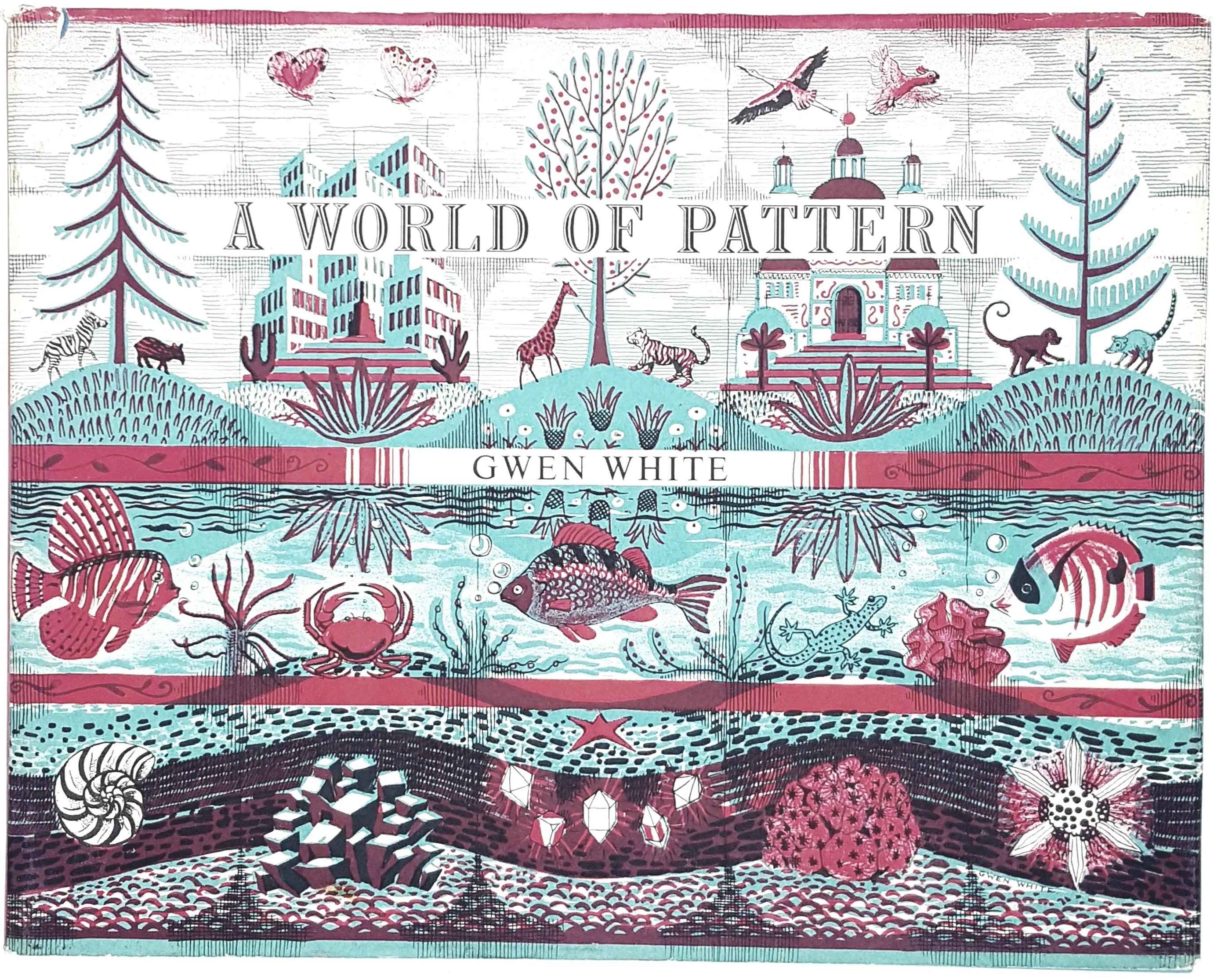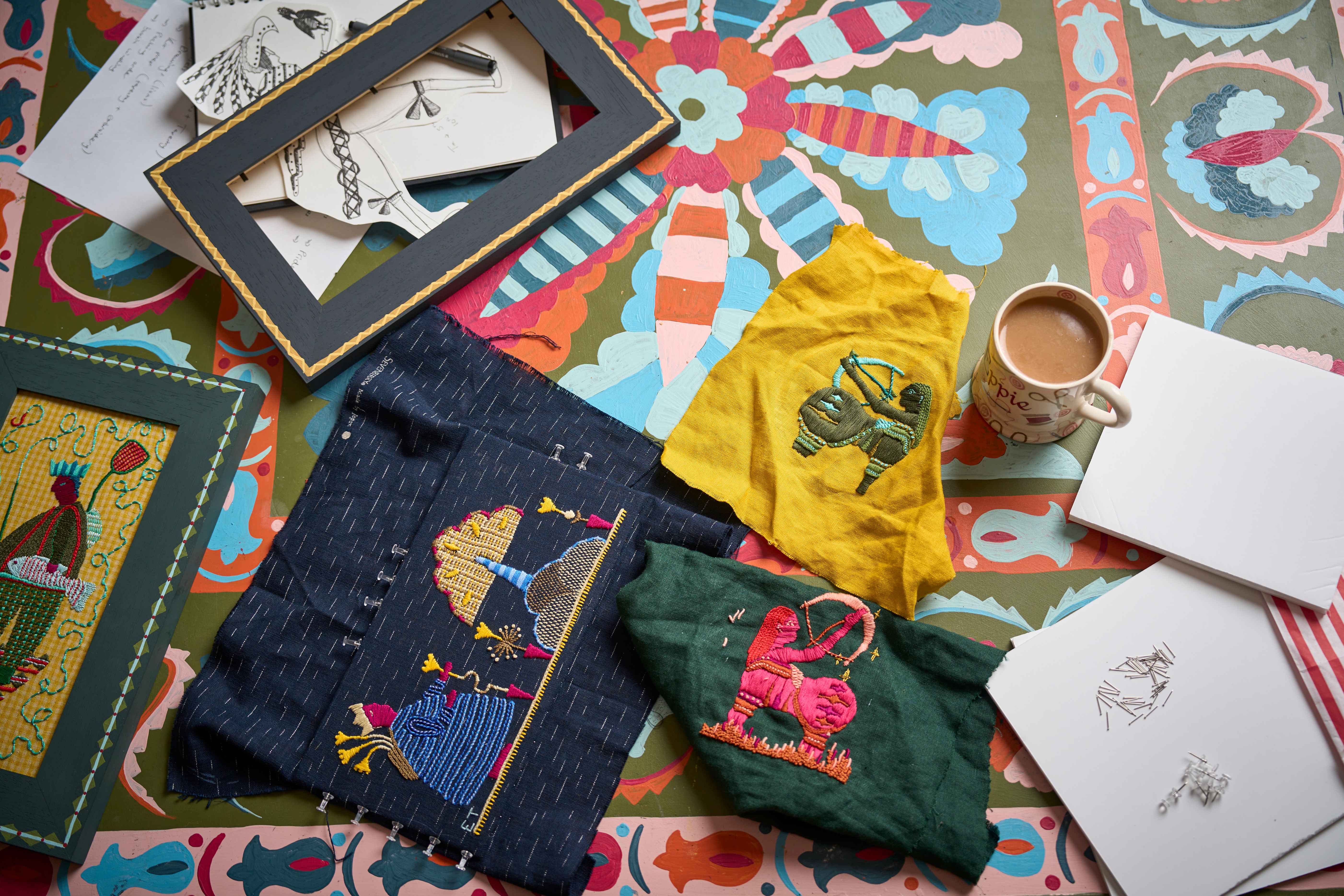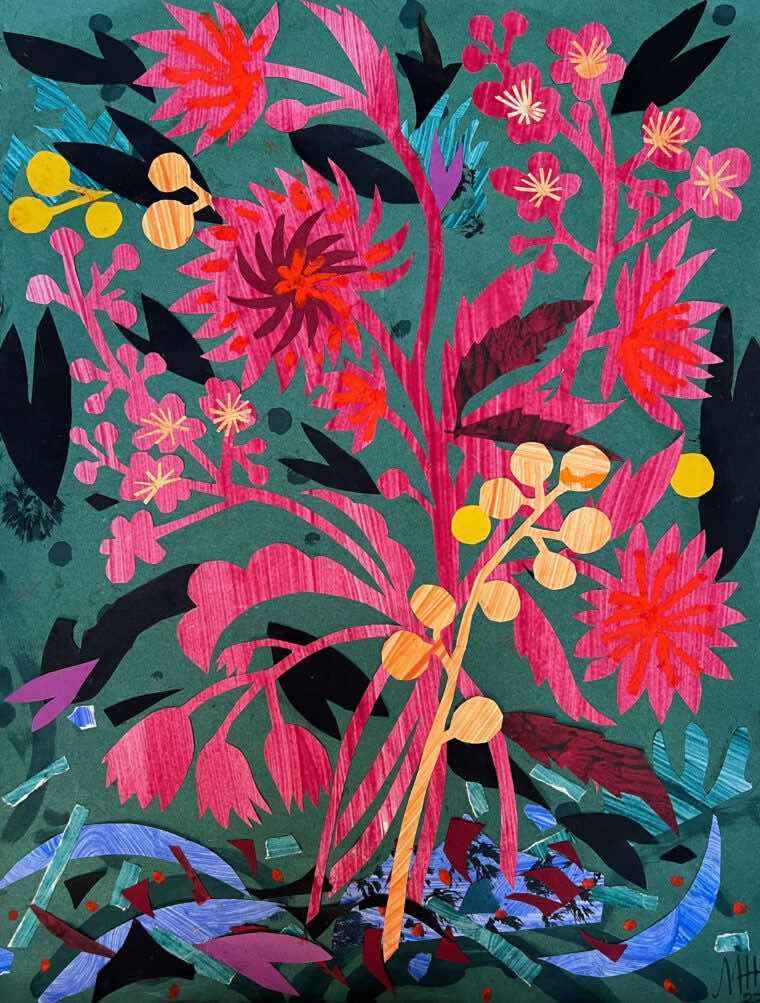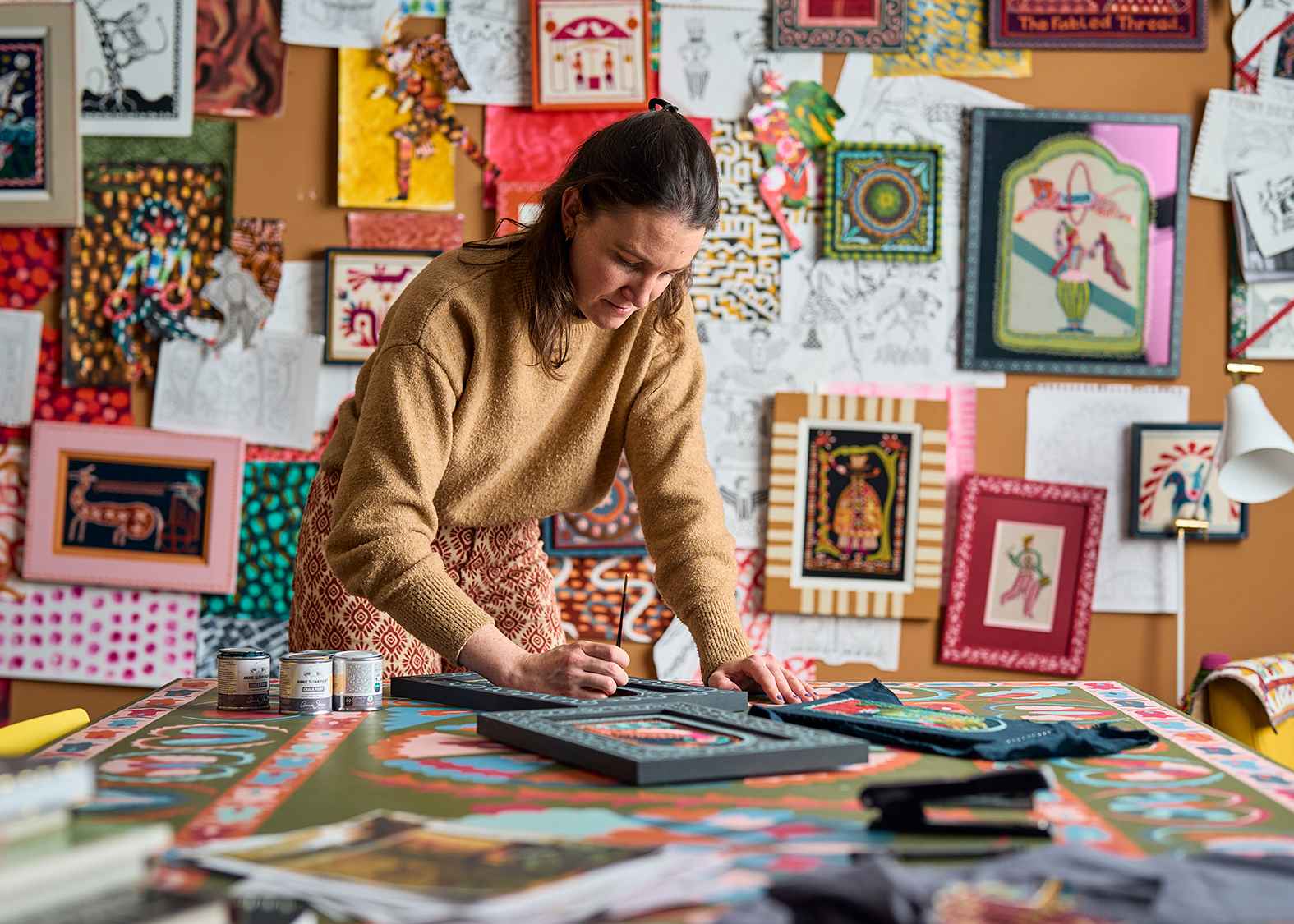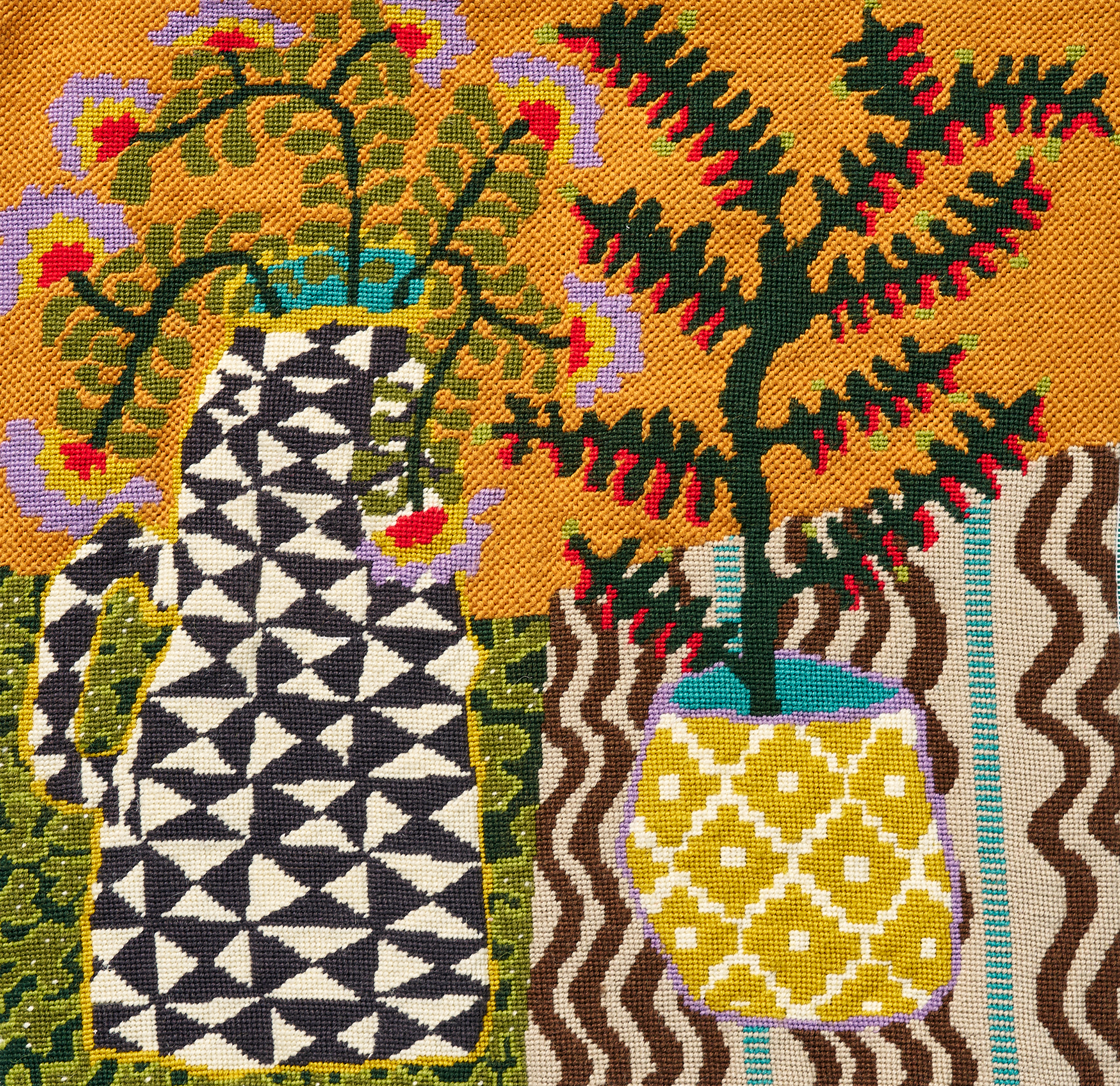
Do I have a style?
Is my work recognizable and distinctive? Do I have a signature style? These are questions I think lots of creatives grapple with - whether working professionally or on personal projects. It’s challenging to see your own work as others do; we’re often too close to it. However, occasionally, we face a task that forces us to confront the question, "What is my style?"
Recently I have been working a complex collaboration that has really made me grapple with the idea of my own style, if it even exists. So in this article I wanted to dig into the idea of having a signature style and if it’s something you have to develop and define if you want to work as a designer?
Over the last month, I have been working on a project that’s completely pushing me out of my comfort zone.
While I have engaged in a few creative collaborations over the past couple of years (Schumacher, Emma Bridgewater, and another launching in September…), they have all been textile-related. This one is not; it is a pure illustration brief and it’s nothing to do with kits. I was approached for this project because the director of the business is a big fan of The Fabled Thread. They know who I am, what I design for The Fabled Thread, and what our aesthetic is... but do I?
I can’t give any details on the project itself, but I can say a few bits of info to provide some context:
- The project is in collaboration with quite an iconic brand
- It is an illustration brief to be printed on one of their signature products
- The product has been illustrated by a different artist each year
- The final product goes out to thousands of people
By way of background, in case you don’t know, prior to starting The Fabled Thread 5 years ago, I worked in finance, and I studied chemistry at university. So the last time I had any semblance of art education was at school (which at my very science-mad grammar school was pretty non-existent). As I made very clear to the client, I have never done any illustration work before outside of our own products. So they have placed immense faith in me, trusting me with one of their most iconic products!
What’s made me feel anxious about this question of style is that (1) I am following on from illustrators of previous years who all have such a clear style, from the way they draw figures to their mark-making, how will my design be as recognisably me? and (2) how will the brand know what to expect from me and how can I live up to that expectation?
This morning, I presented the illustration for the main part of the project. In the first presentation I gave to them setting out the creative direction I was pursuing, I included a slide defining my style. I wrote that we are:
- Colour-rich
- Pattern-mad
- Joyful and flamboyant
- Story-telling
- Maximalist
Accompanied by the following pictures:
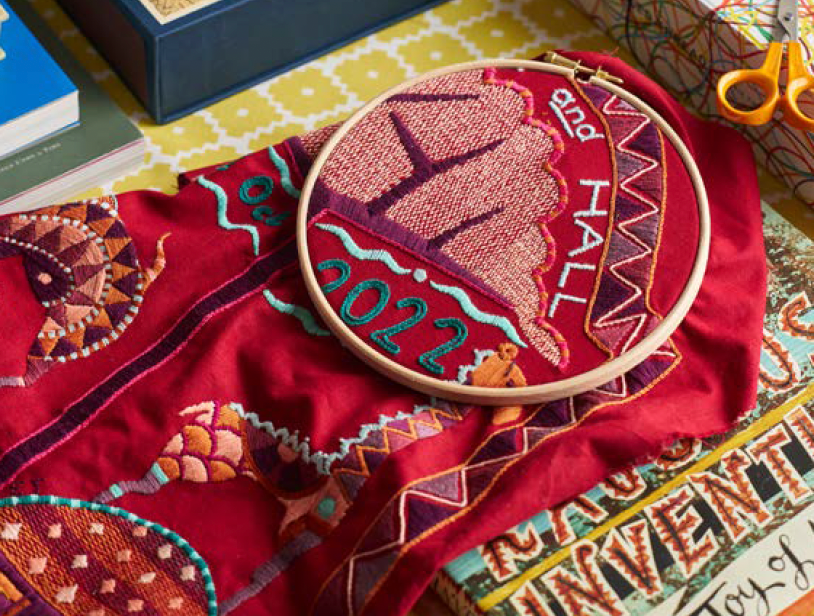





But couldn’t that describe many people, brands, and creatives? It’s true, my designs are all of those things, but is any of that particularly unique? It got me thinking about artists I know and love, and how they have defined themselves through a signature style…















It feels like all these artists have a really tight aesthetic. It's not just a general feeling but a distinctive approach they have captured through their colour palettes, the unique shapes they use for figures/animals which repeat, a specific way of working with materials… even down to their literal hand-writing style. I feel like if I commissioned them to do something, I would have some sense of how they would interpret a brief, whilst producing something that feels identifiably their own. In a world so noisy with so much creative work, I look at each of these artists and feel like they have found their voice.
I don’t feel as though I have found my feet in my own aesthetic. Whilst there are certain things I know are consistent through my designs – all those elements I laid out earlier – I also think there is huge variety. I believe I have found this brief so nerve-wracking because, from the outset, I have had no idea what the end result could look like. I could have followed so many different creative routes, each resulting in something wildly different, and I have no idea whether they all would have looked like they were my work. I’ve worried that I’ll disappoint the client because it’s not the creative vision they wanted, but I am not sure how they would know what creative vision to expect if even I don’t.
It's made me question two things:
- For all those artists I listed above, are they feeling the same way I am? Do they see broad connections within their own work but feel there is immense separation from one piece of art to the next. Is this purely a factor of being too close to your own work?
Do I need to develop a style? Should I focus on trying to design what makes up an “Eppie Thompson" design? Do I need to find some motifs which can run throughout my pieces and become my signature.
Now on the latter I think this would in some ways make my life much easier – I like collaborations and its something I want to do more of – if I had my signature style maybe I would worry less about whether I am delivering what is expected of me. But on the other hand, I feel far too early in my creative journey to become trapped and tied to an aesthetic. However, on the first point, maybe everyone working creatively feels this was? Maybe the signature style is there in my work, but I am just not seeing it.
Take for example artist Emma Carlow, whose work I adore and who works across multiple mediums. In each of these examples below – to me they all look distinctively Emma – but I could imagine with her, potentially more than those artists I listed above, that she could think as I am. The work varies so much from one piece to the next in so many ways, she could think she doesn’t have signature style, however I can see it.



That’s quite a lot of rambling with no fixed conclusion… an article opening on questions, filled with questions and closing with questions. Reflecting on this project and the notion of having a signature style, I think the journey to finding your own aesthetic is ongoing – involving pushing yourself out of your comfort zone, designing across multiple mediums and then standing back to see if it all looks like it was from your own hand. I think only through that can we really learn about our own creative identities and refine what makes our work uniquely ours.
As I wait for feedback, I am conscious that the faith others have in us can be a powerful motivator in helping us define our own creative vision. Whether or not I have fully discovered mine, this experience has certainly been a step in the right direction.

